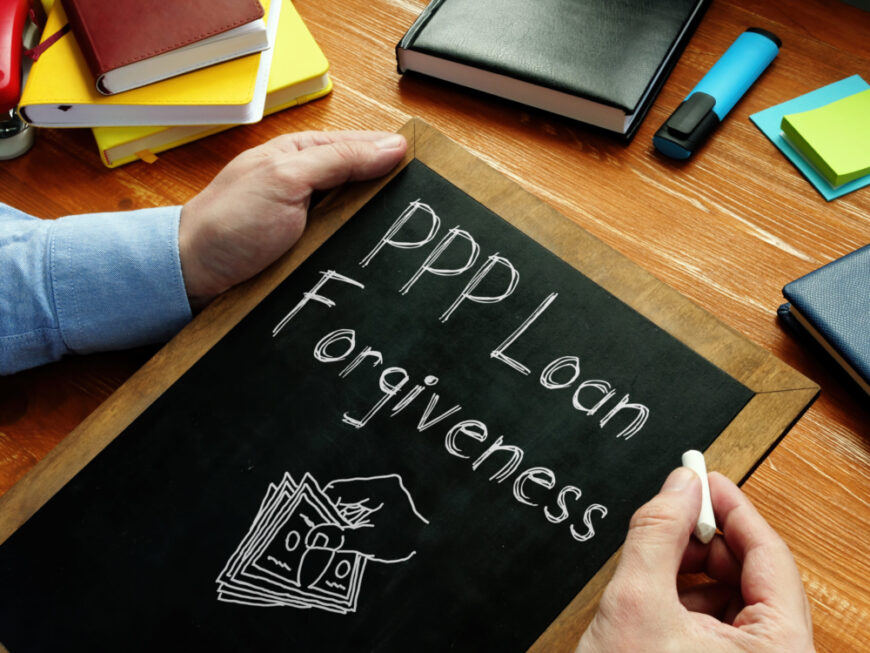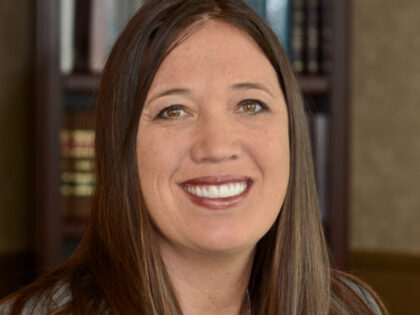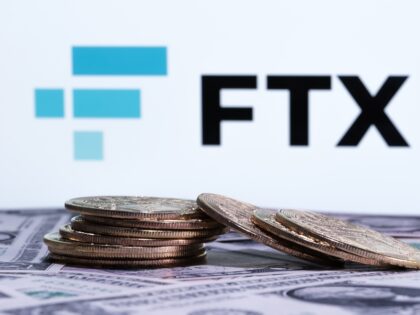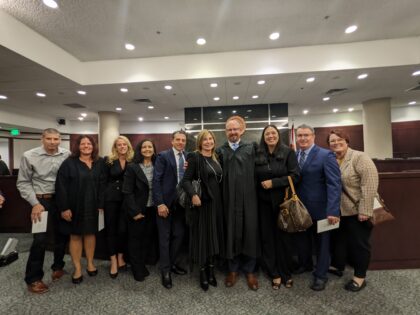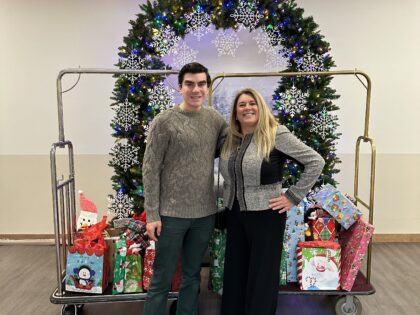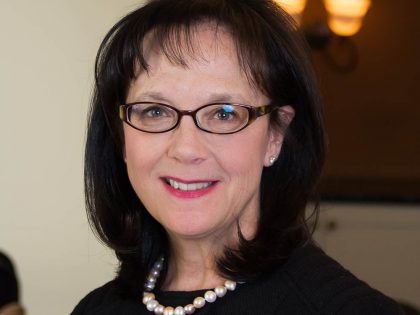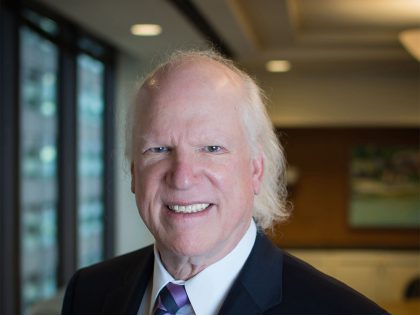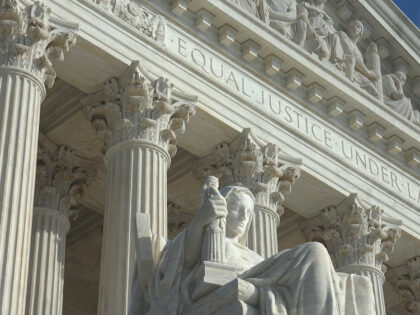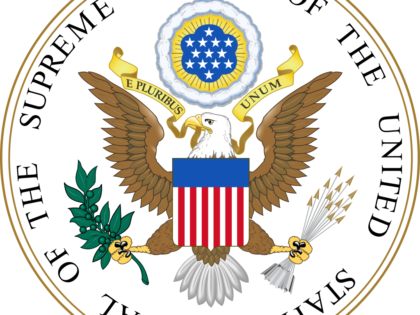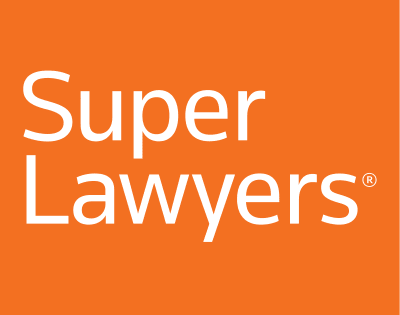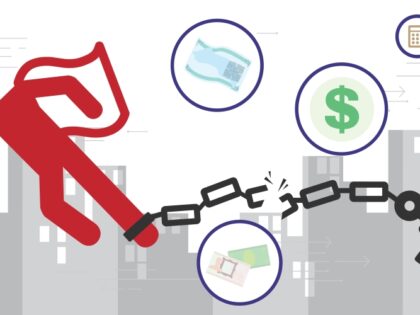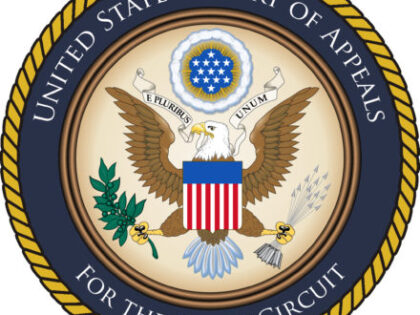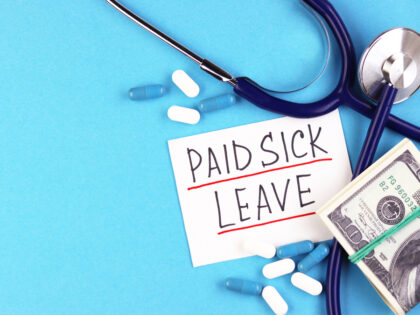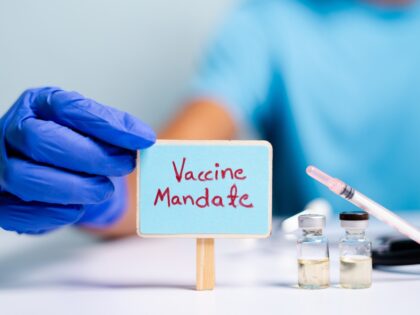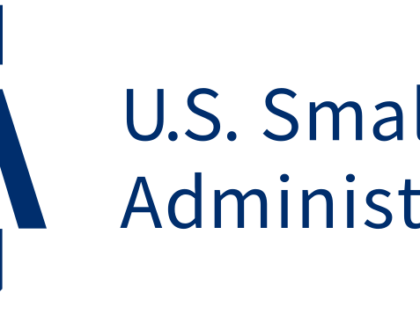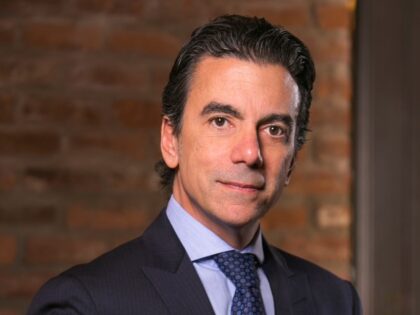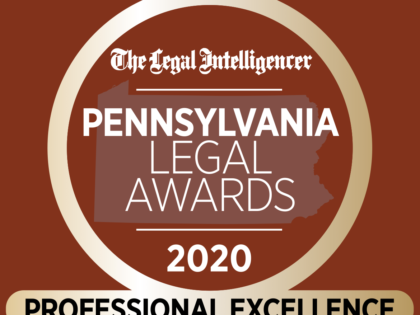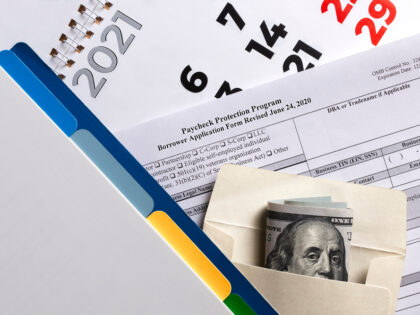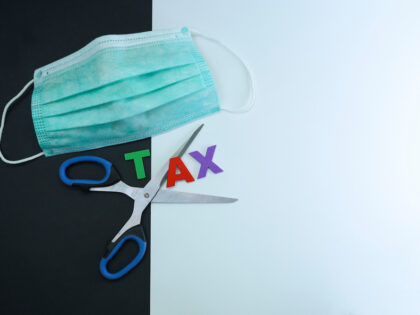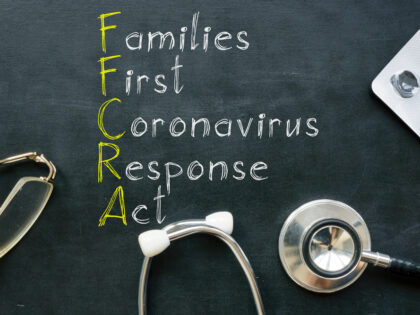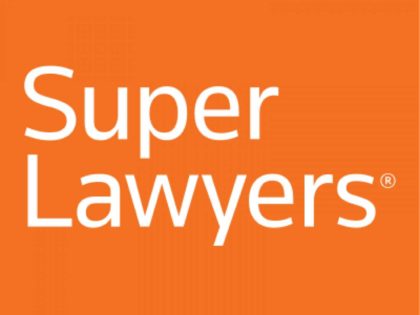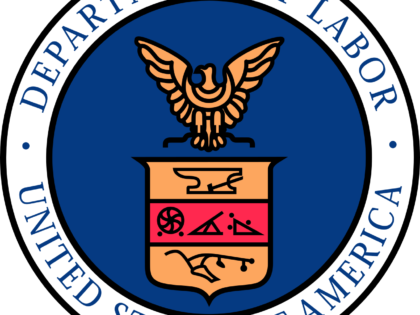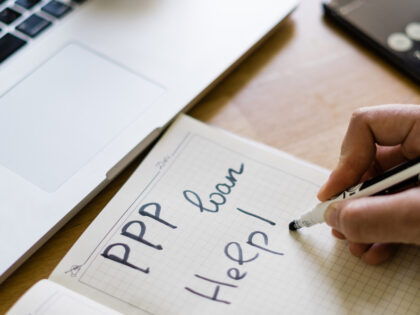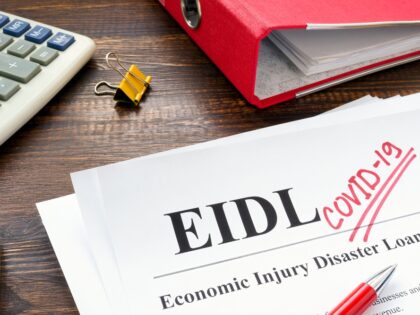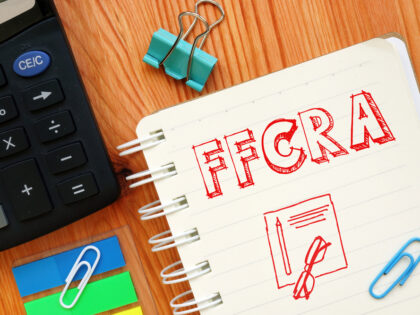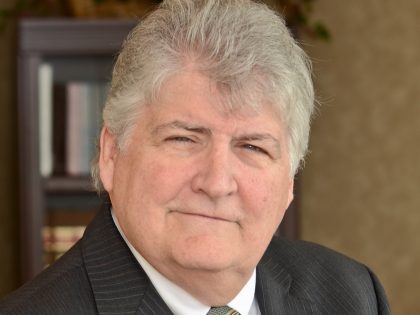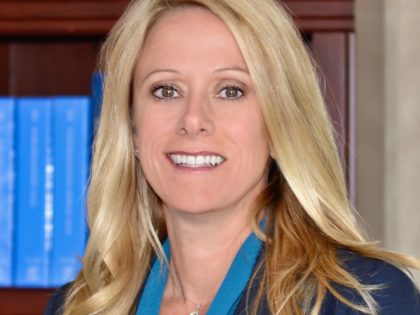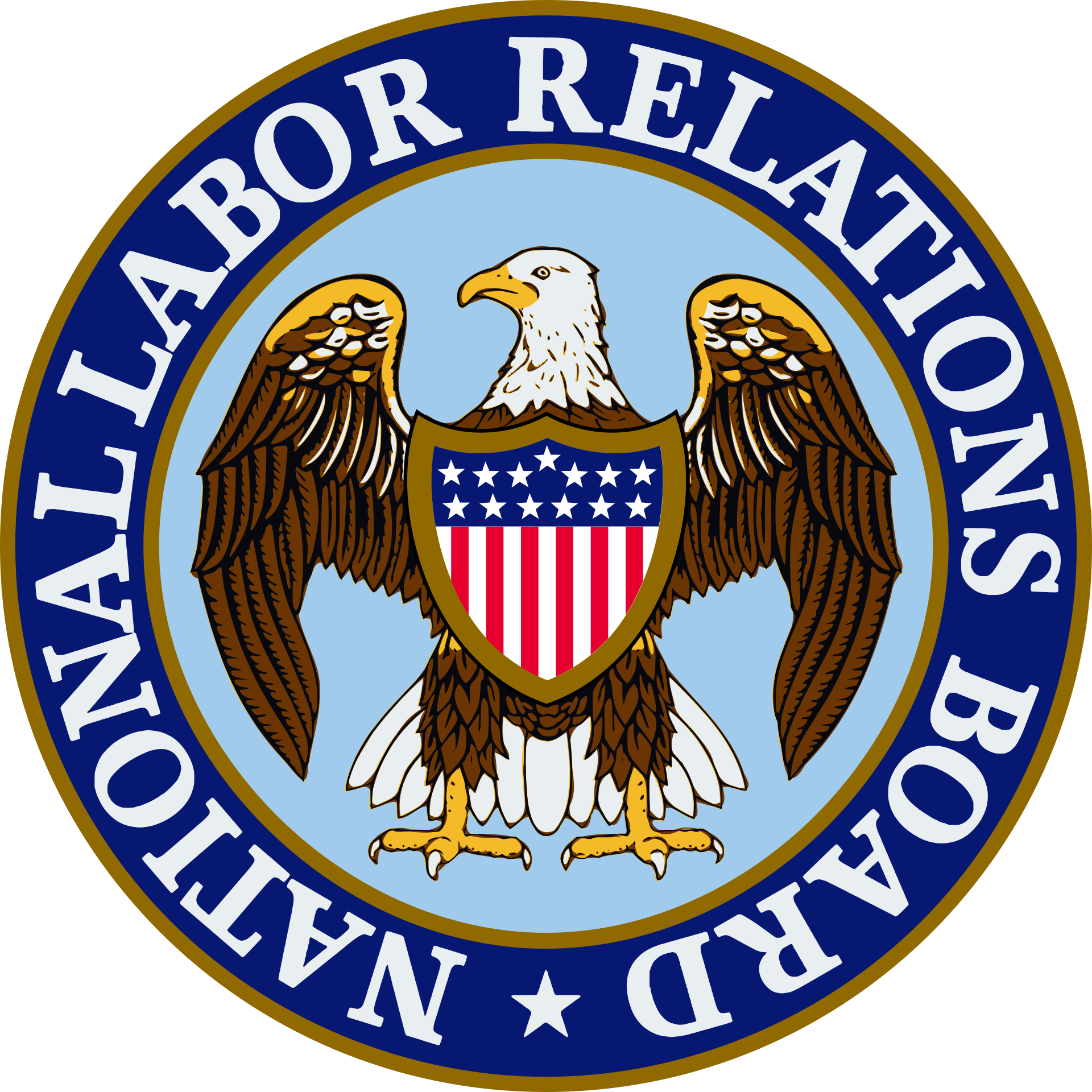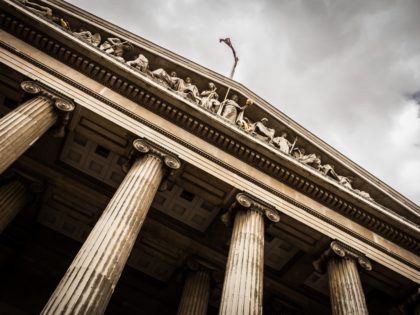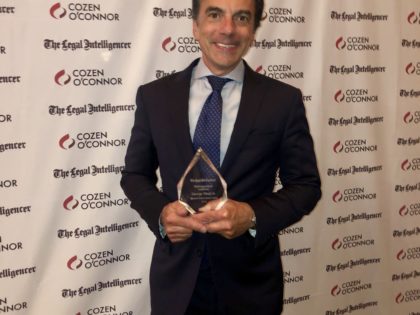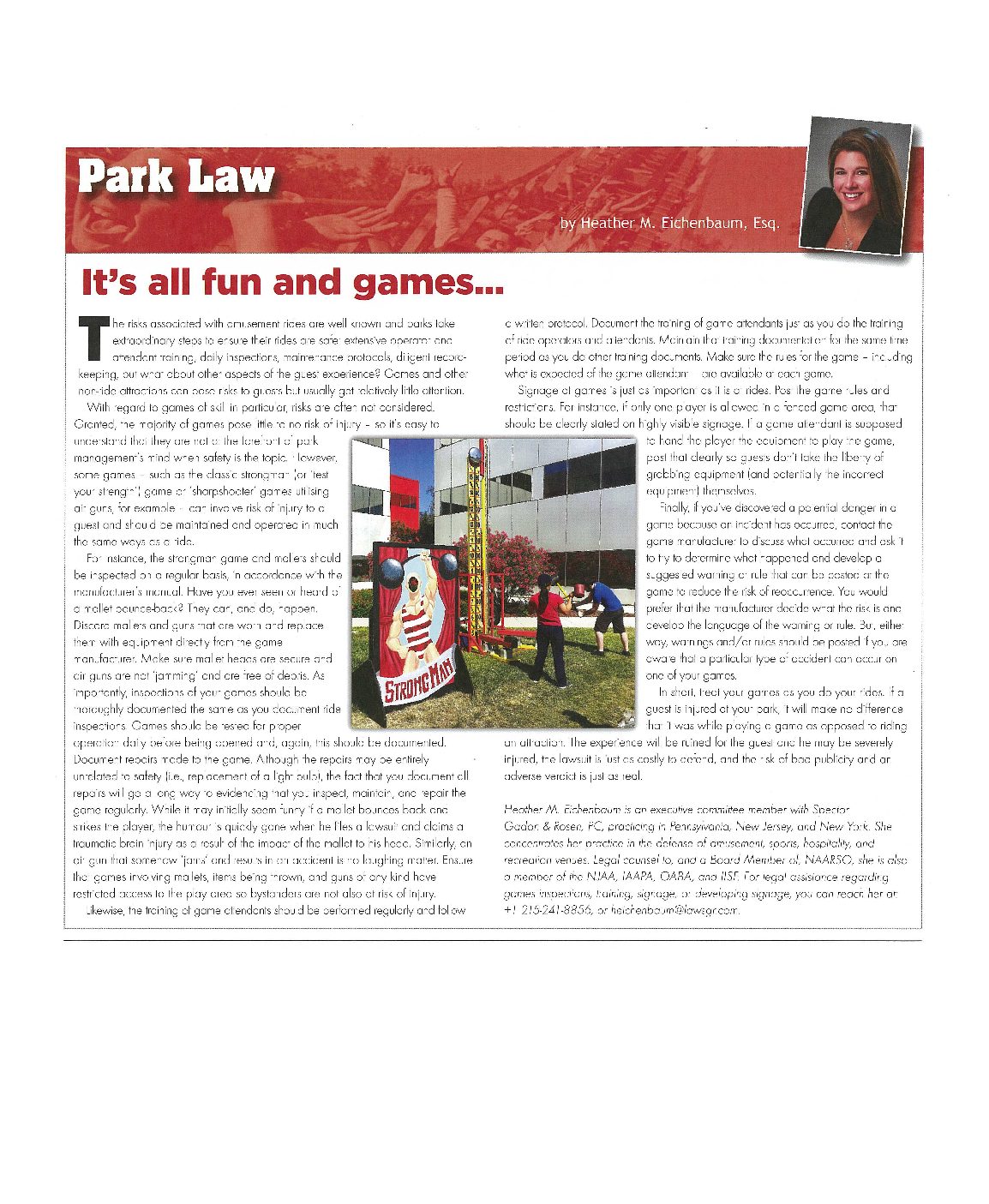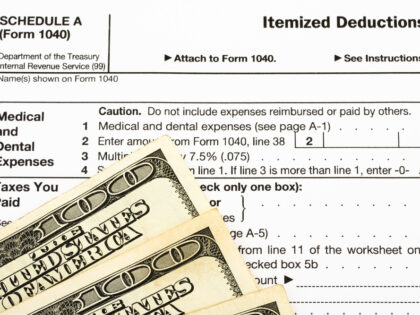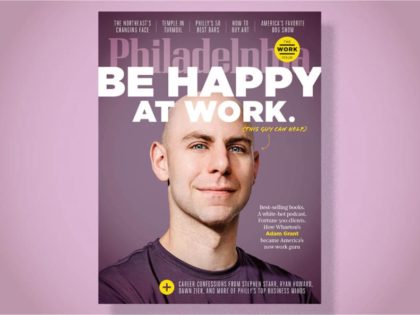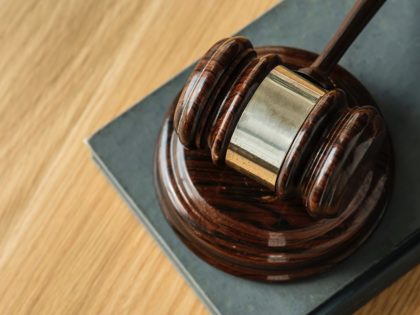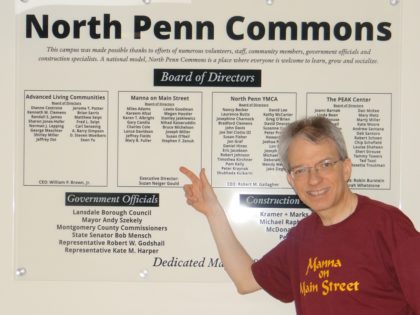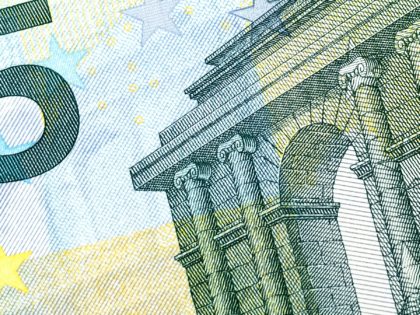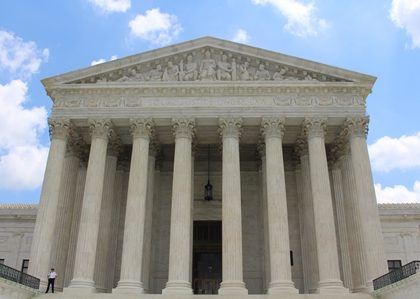Often the Worst Part of a Binge Occurs the Next Morning.
Bankers and SBA staffers may soon have that hangover, of their own making. I am speaking, of course, about the Paycheck Protection Program debt hangover – 11.7 million loans created to be forgiven. Everyone knows that forgiveness is hard – hard to request, and, often, even harder to grant – especially when big money is involved. But who could have imagined the challenges of walking away from $400 billion in bank debt?
(Actually, the total amount began as $800 billion, before loans already wiped off the books.)
To try to chip away at that mountain of, literally, debt, the Small Business Administration recently created its “direct forgiveness” portal (https://dfussbaforgiveness.zendesk.com/hc/en-us), for loans under $150,000.00 – over 90% of all PPP loans. That sheer volume has, reportedly, delayed completion of bank forgiveness approvals – 11.7 million separate applications must be filed, reviewed and processed.
To try to break the backlog, the Small Business Administration recently created a new portal (open on August 4, 2021) for “direct” forgiveness by the SBA, rather than by the bank lender. To avoid the appearance of cutting into lender/borrower relationships, the SBA quickly clarified that it will not take “over the forgiveness decision responsibility from the lender.”
Instead, according to the SBA, “Lenders retain responsibility for making the loan forgiveness decision. SBA is simply providing a proven, user-friendly platform on which borrowers may submit their forgiveness applications and lenders will submit their forgiveness decisions to SBA.”
If so, why go to the expense of reinventing the loan forgiveness wheel – and adding a new step to what has been a convoluted process?
Lenders must also choose to “opt in” to the portal, presumably to avoid the cost of creating their own review process – a procedure lenders already do every day, for all loans. Veterans of the PPP scramble in 2020 may also question the characterization of the SBA software as “proven.” Moreover, many lenders may have already incurred costs to build their own forgiveness software. In fact, the 60-day deadline for lenders to process forgiveness applications, and constantly changing program rules (including predictions of expedited procedures), may even have led some lenders to delay the start of processing of their own forgiveness applications.
Why incur unrecoverable costs today, that may be avoidable tomorrow, under the next attempt at simplification? Whatever the reason, many lenders have already declined to participate in the SBA’s direct forgiveness procedure, in favor of their own portals. From a lender perspective, direct forgiveness also eliminates a major incentive to participate in the PPP program – new customer relationships. A bank can’t promote its fee-based services if the customer deals only with the SBA, rather than with a bank relationship officer. Keeping the forgiveness process “in-house,” in contrast, preserves that relationship-building opportunity, in the context of a success experience for the PPP borrower (loan forgiveness).
Lenders must also monitor the new SBA portal for information about the loan status. Without affirmative SBA reporting of loan status, however, bank auditors and compliance officers must regularly check the forgiveness portal before issuing routine financial statements or reports – a lender headache, especially for smaller PPP loans with little or no margin to recover monitoring and forgiveness expenses. If those loans were marginally profitable before this direct forgiveness program, how much more so will they be with these additional expenses? Regardless whose software is used, of course it will work, seamlessly – doesn’t all software perform as intended, out of the box? Perhaps the banks that have “opted out” of the SBA portal don’t want to risk their reputation with borrowers on the quality of the SBA’s new software code (or the SBA’s “real time” quality control of it).
SBA Associate Administrator Patrick Kelley well stated what may be bank lenders’ frustration:
Give it over to the government and get your life back. All of us want to be done with forgiveness — borrowers, lenders, government — by the fall, across the board. So this is the final push that will hopefully put PPP in the rearview mirror for the borrowers, for the lenders and for the agency.
Will we soon have to do it all over again, if a portal is created for larger PPP loans? Or for the required lender verification of borrower revenue loss eligibility for Second Draw PPP loans? To continue the “hangover” metaphor, perhaps the new portal is just the proverbial “hair of the dog” – let’s just get the PPP loans off society’s books, and let banks return to “real” loans.
To discuss this or other issues involving the Paycheck Protection Program, please contact Stanley P. Jaskiewicz or the SGRV Corporate Group at 215-241-8866.

